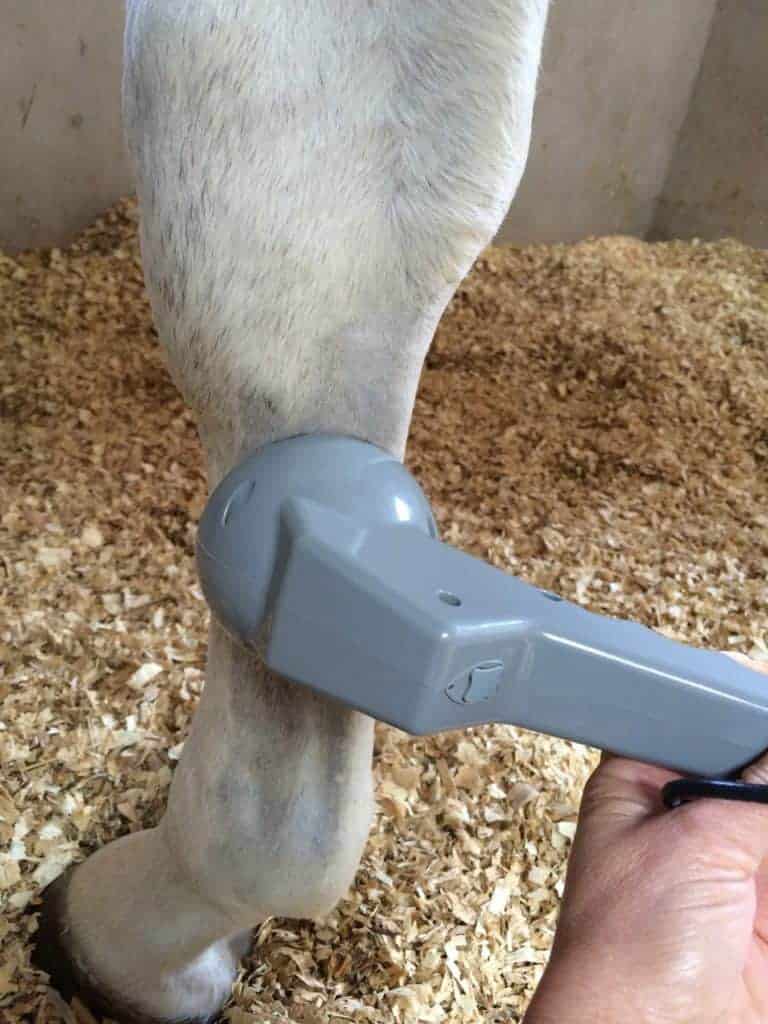
Your Horse’s Cartilage Has Bling
Intramitochondrial crystals could be related to horse joints’ ability to withstand mechanical stress, scientists say.

Intramitochondrial crystals could be related to horse joints’ ability to withstand mechanical stress, scientists say.

The outer hoof’s health affects the bones and soft tissues within, and vice versa.

Learn how the all-important equine back functions and how to prevent problems from developing.

Our sources share nine ways to help your sport horse perform at his best.

Researchers focused on the effect of collected and lengthened paces in young and mature dressage horses.

Horses are more prone to digestive upset than other domestic animals because of how their GI tract functions.
The standards were reviewed and modified at the ARCI’s equine welfare and racing integrity conference in April.

The goal of medical management centers around breaking the associated pain cycle and reestablishing proper GI function.

Barbed sutures eliminate the need for knot-tying and distribute tension on the suture line more evenly, researchers say.

The amount of laser light reaching internal structures depends on the horse’s hair and skin thickness and color.

Learn how to right a recumbent horse and what factors influence his survival.

Researchers said the ethogram allowed an assessor to differentiate between clinically lame and sound horses.

Several ingredients claim to help equine gastric ulcers, but only a few have research behind them.

Learn to identify these common and important signs of colic in horses–doing so might save your horse’s life.

The $65 million facility will be named for renowned equine surgeon and researcher Dr. Wayne McIlwraith.

Learn about several substances that can cause heart muscle damage and death in horses.
Stay on top of the most recent Horse Health news with
"*" indicates required fields